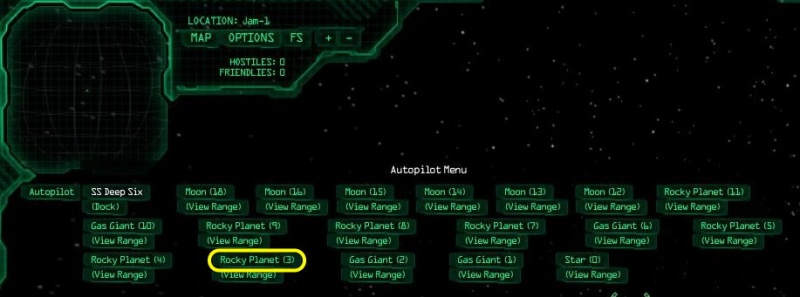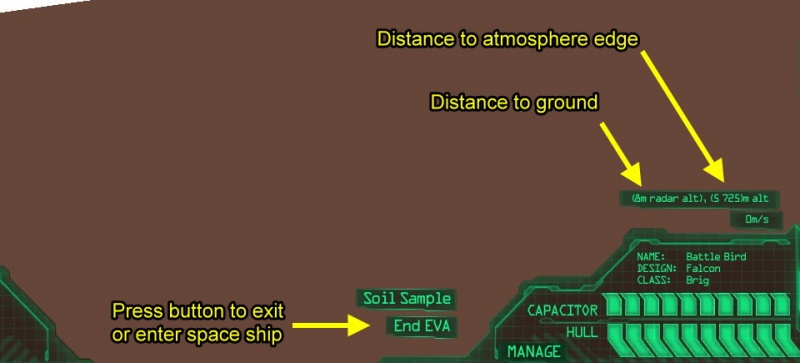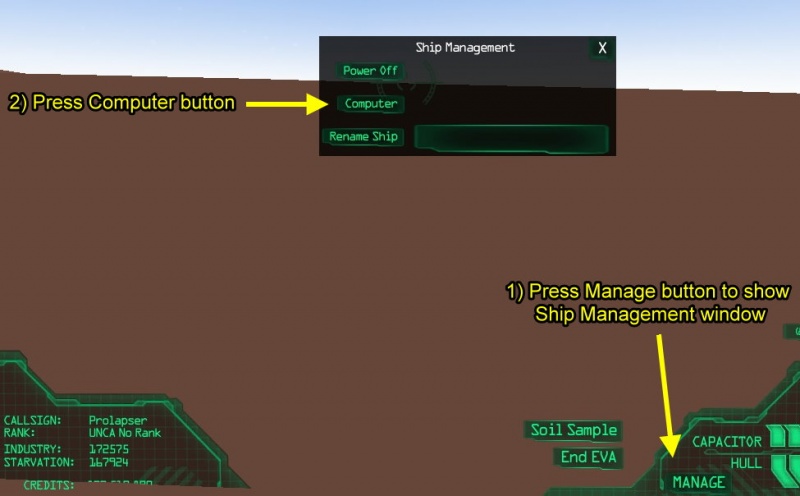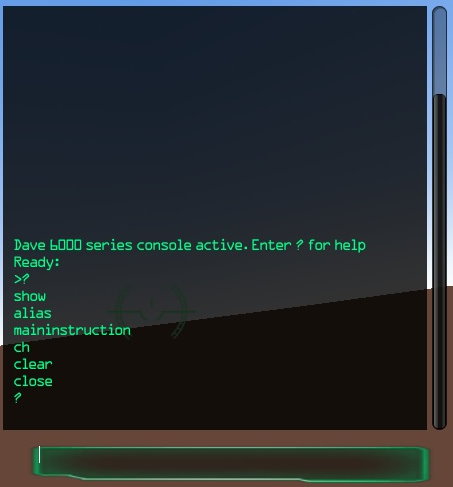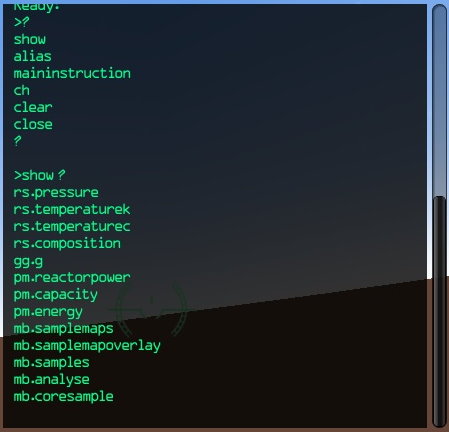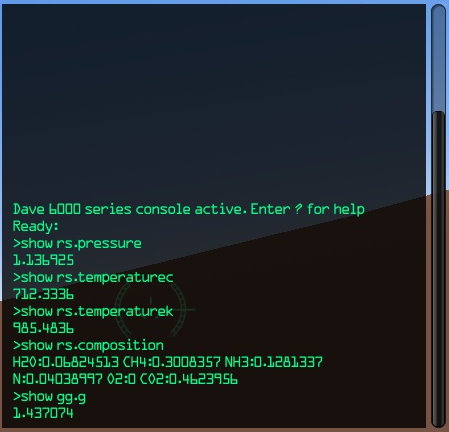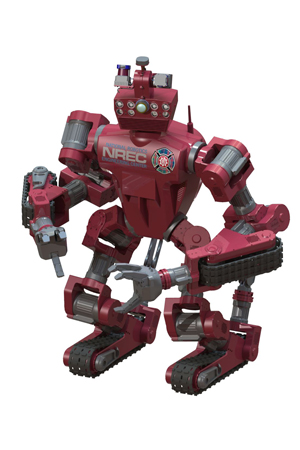Probing Tutorial
WORK IN PROGRESS. PLEASE DO NOT EDIT.
Place link in Ship Computer page: Probing Tutorial
This probing tutorial will demonstrate the tools to scan and probe the Rocky Planet (3) in Jam-1.
Before you head out, make sure your ship has the proper Hyperdrive, and you carry in your cargo hold Core Sampling Probes (CSP) and Hydrogen. The Hyperdrive and the CSP's can be manufactured from your Space Station or purchased from the Galactic Market. Hydrogen can be gathered from gas planets.
I used a Falcon with a Class 5 Hyperdrive, which takes 21 Hydrogen to jump from Vulcan to Jam-1. You do not need to take more Hydrogen if you use the Emergency Warp from the map (M key) to return back home. To be safe, carry 46 Hydrogen and as many probes you can carry.
First, we need to find the Jam-1 star system. Read Deep Six for instructions on how to find Jam-1.
Contents |
LANDING ON A PLANET
Once you Hyperdrive to Jam-1, open your Autopilot menu and select Rocky Planet (3).
When you finish warp, fly to the planet. Watch the bottom right of your screen as more information will appear which will help you land safely on the planet. Radar Altitude is the distance you are from the ground and Altitude is the distance to the atmospheric edge of the planet. When you land, an Extra Vehicular Activity (EVA) button will appear. EVA allows you to exit and enter your space ship. Outside your ship, the Soil Sample button will appear.
THE SHIP COMPUTER
The Ship Computer is equipped on all ships and is needed for all scanning and probing. The computer responds to specific text input, so capitalization or non-capitalization of letters is important.
To access your computer, click the Manage button at the bottom of your user interface. A Ship Management window will appear. Click the Computer button.
This is Crazy Dave 6000. He is the talking computer that gives you voice guidance, compliments and insults. When he is not talking, he gives you valuable information in the form of text output.
To get started, type a question mark (?) in the horizontal bar at the bottom of the computer window, then hit your return key. Dave will give you a list of high-level commands you can use with the computer. We will be using the 'Show' command from the list.
Now type show ?. These are the options you can use with the Show command.
COLLECTING DATA
Now that you're standing on the planet, Dave 6000 can give you information. Type in the following commands:
show rs.pressure
show rs.temperaturec
show rs.temperaturek
show rs.composition
show gg.g
The rs. in the command means the Ram Scoop is used from your ship to collect information. Any level of Ram Scoop can be used and they all collect the same information. The gg. in a command means Gravity Goodness (I really don't know, ask Jam). Let's discuss each command.
show rs.pressure
This measures the atmospheric pressure of the gasses surrounding the planet. Ideally, the best score is 1.0 (comfortable Earth pressure), which means a human can walk on the surface of the planet without being crushed or disembowelled by the atmosphere. Rocky Planet (3) has a reading of 1.136925 which isn't bad and will feel like the planet is hugging you tight.
show rs.temperaturec
This measures the temperature in degrees Celsius (°C). An ideal range would be between -40°C to +40°C (like living between Northern Canada and Kenya). Rocky Planet (3) is 712.3336°C and will boil humans into a puddle.
show rs.temperaturek
For those that want to use a scientific measurement, this command gives you the temperature in degrees Kelvin (°K). Essentially, all you do is add 273.15 to the Celsius measurement.
show rs.composition
This measures the types of gasses in the atmosphere. Here they are:
Abbreviation
|
Name
|
|---|---|
H2O
|
Water
|
CH4
|
Methane
|
NH3
|
Ammonia
|
N
|
Nitrogen
|
O
|
Oxygen
|
CO2
|
Carbon Dioxide
|
If you add up all the data, the result should equal to 1. To make it easier to understand, convert all the numbers to percentages. In my scan, the data looks like this:
Abbreviation
|
Name
|
Result
|
Rounded Percentage
|
|---|---|---|---|
H2O
|
Water
|
0.06824513
|
6.82%
|
CH4
|
Methane
|
0.3008357
|
30.08%
|
NH3
|
Ammonia
|
0.1281337
|
12.81%
|
N
|
Nitrogen
|
0.04038997
|
4.03%
|
O
|
Oxygen
|
0
|
0%
|
CO2
|
Carbon Dioxide
|
0.4623956
|
46.23%
|
The first thing you look at is the Oxygen (0%) and Nitrogen (4%). Humans need at least 21% Oxygen to survive and Nitrogen is a safe breathable "filler" gas (Nitrogen doesn't harm or help us except to fill up the atmosphere). On Earth, Nitrogen takes up 78% and Argon takes up about 1%[1]. One exception is increased atmospheric pressure can cause Nitrogen Narcosis[2], so our pressure reading of 1.136925 from Rocky Planet (3) could make us feel drunk.
These results pretty much means instant death with additional assistance from the high percentage of Carbon Dioxide (46.23%) and Methane (30.08%). Humans can tolerate about 0.004% Ammonia, so a (12.81)% concentration will start eroding flesh. Rocky Planet (3) hates humans.
show gg.g
This measurement gives the Gravity. Ideally, 1.0 is perfect for humans (Earth gravity). Anything less and we will feel light and floating (0.5) to vomiting (0.1) since our bodies are not use to low gravity without training. The human body can withstand up to three times (3.0) gravity. Anything more and you cannot maintain sufficient blood-flow to the brain[3]. Rocky Planet (3) has 1.437074 gravity, so your bathroom scale and ego will suffer a 43.7% weight gain on this planet.
